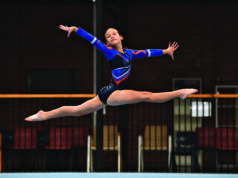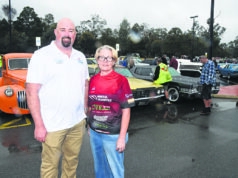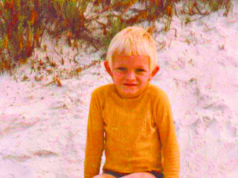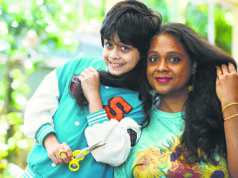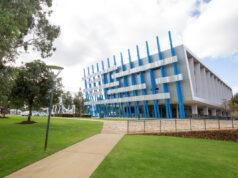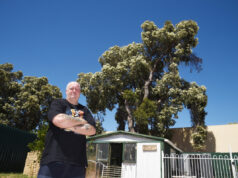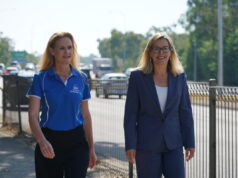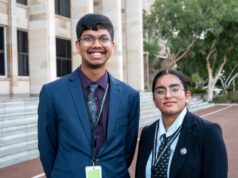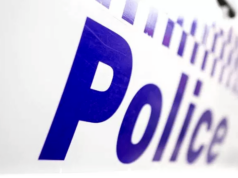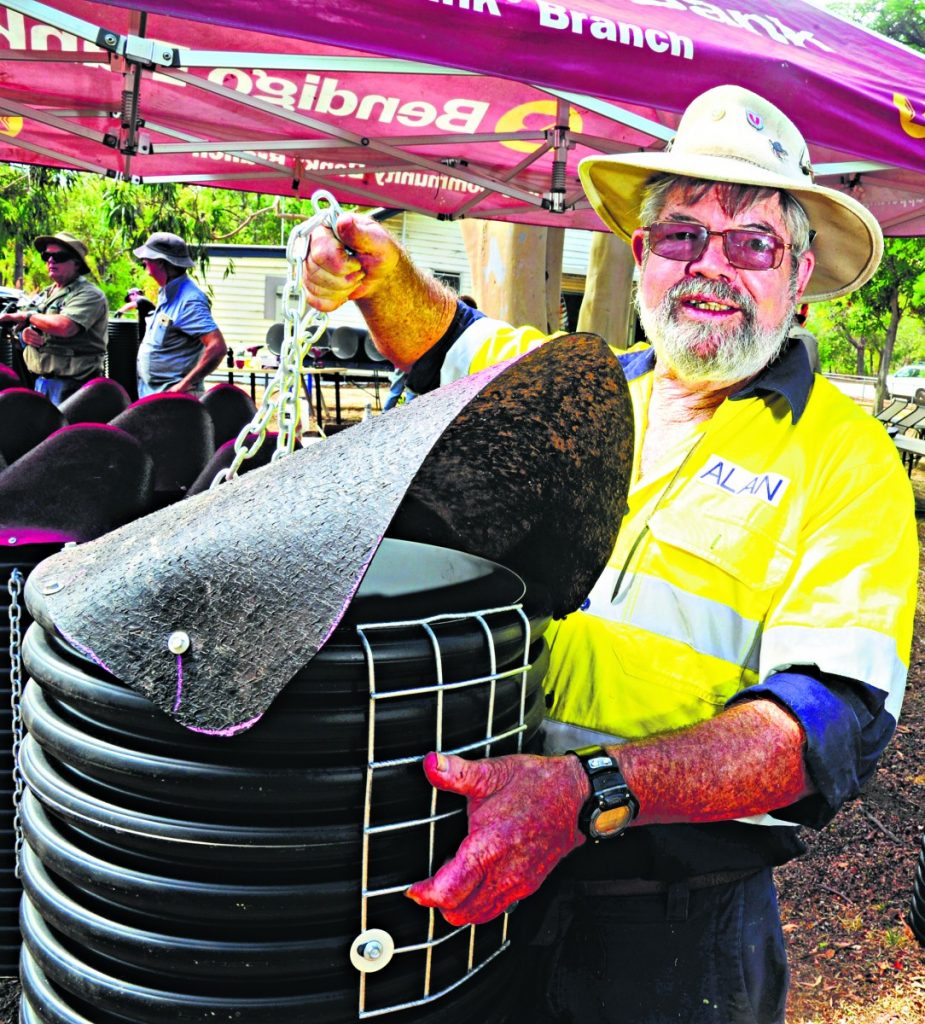
A record breeding season for threatened Carnaby’s Black Cockatoos has been attributed to artificial nesting boxes originally developed by Landcare SJ.
138 nests have reportedly been observed in the past year at the Coomallo Creek nature reserve north of Perth – nearly four times the number spotted in 2009.
According to researcher Rick Dawson, the rise in breeding attempts is due to the addition of 79 new artificial nests at the reserve, otherwise known as cockatubes.
Landcare SJ’s Francis Smit said cockatubes have been put into use by conservationists across Australia since they were first developed nearly two decades ago by Landcare SJ.
“Landcare SJ developed the first cockatube artificial nest box in 2005, and since then have been continuously improving design based on trials and research,” Francis said.
“In 2019 and 2020, cockatube component suppliers donated enough materials for Landcare SJ to manufacture and deliver 112 Cockatubes to bushfire ravaged areas in Queensland, Victoria and South Australia.
“Installation has largely been stalled due to the Covid-19 pandemic, however, 24 were installed on Kangaroo Island in South Australia and have subsequently fledged both Yellow-tailed and Glossy Black Cockatoos.
“Progress has been made on the installation of cockatubes at other locations more recently, and Landcare SJ have been supporting a number of community environmental groups and local governments in New South Wales by supplying cockatubes and information to support their programs,” he said.
While the name may sound funny, cockatubes are sophisticated pieces of equipment, and every aspect of a bird’s breeding behaviour is considered in the design.
“Landcare SJ also supplied ten highly modified cockatubes to suit Palm Cockatoo recovery in far north Queensland in the past,” Francis said.
“The Palm Cockatoo is the largest Australian Black Cockatoo, and the hollows were built extra-large, with modified wooden top surrounds to support the breeding habit of male birds, which use a stick to drum on the hollow to attract a mate,” he said.
On Sunday, April 3, critical data on the number and distribution of Australian Black Cockatoos will be gathered in an annual, citizen science survey, The Great Cocky Count.
Volunteers participating in the survey will monitor known roost sites and count black cockatoos as they come into their evening roosts, to provide a snapshot of black cockatoo populations across the Perth Metropolitan area and southwest.



